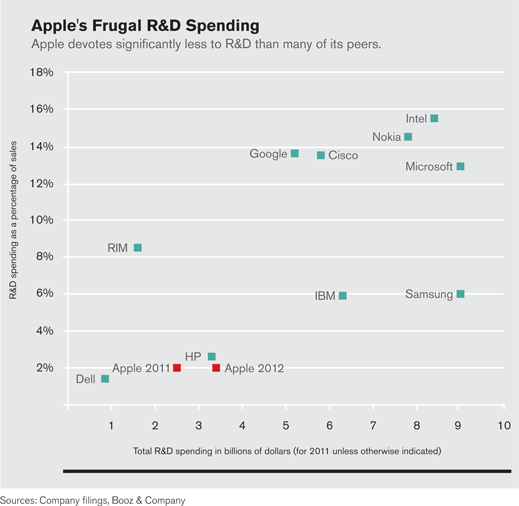How to Invest on a Shoestring Budget US News
Post on: 26 Май, 2015 No Comment

Waiting to put money in the market is one of the worst mistakes you could make.
One of the most devastating financial mistakes we can make is to put off saving and investing. Even a 10-year delay before beginning to invest can have a significant effect on retirement savings. The key is to begin saving and investing now.
A barrier to investing for many people, however, is the misconception that it requires a lot of money to get started. Nothing could be further from the truth. With as little as $25 a month, it is easy to start saving and investing for emergencies, education, and retirement. So if you are looking to get started, but don’t have a lot of money, here are some lost cost savings and investing options.
Savings Account: If you are just getting started, saving for emergencies is a critical first step. You can set up direct deposit of a portion of your paycheck to be deposited directly into the savings account. While an FDIC insured savings account is a great place to stash your emergency fund, there are two other key considerations—fees and minimum deposit. You want to make sure that you open a free savings account. While there are plenty of no fee options to choose from, be aware that some banks charge a monthly maintenance fee if you do not maintain a minimum balance. These fees can easily exceed any interest you earn on your balance. And because we are investing on a shoestring budget, make sure the bank does not have a minimum balance to open an account.
Retirement Investing in a 401(k): Offered through employers, a 401(k) represents one of the easiest ways to begin investing for retirement. And the great news is that there are no minimum contribution requirements other than those set by the plan, which are typically very low. And you can invest the money in any of the mutual funds in your employer’s 401(k) plan regardless of any minimum opening balance or contribution requirements that would apply if you invested in the mutual fund on your own.
[Visit the U.S. News My Money blog for the best money advice from around the web.]
Retirement Investing in an IRA: Unlike a 401(k) that is run by your employer, an IRA account is a retirement account you open directly with a mutual fund company like Vanguard or a broker. With mutual fund companies, there are generally minimum deposit requirements to open an account and minimum contribution requirements. The good news is that for IRA accounts, these minimums are typically reasonable. For a Vanguard IRA, for example, the minimum balance required to invest in many of its funds is $3,000, but monthly contributions can be as little as $100. Many online discount brokers have no minimum balance to open an account.

Education Savings in a 529 Plan: If you are saving for a child’s education, a 529 Plan offers a convenient and tax-advantaged way to save. The rules of each 529 Plan vary by state, but opening balance requirements and monthly contribution minimums are typically very low. For example, the Virginia CollegeAmerica 529 Plan requires just $250 to open an account, and monthly contributions can be made for as little as $25 with an automatic investment plan (AIP).
[Visit the U.S. News Personal Finance site for more insight and money management tips.]
P2P Lending: If you’d like to try a unique approach to investing, you could look to social lending with sites such as LendingClub. Lending club removes the middleman and brings borrowers and lenders together. You can begin investing with as little as $25. In addition, LendingClub offers IRA accounts if you want to invest for retirement.
DR is the founder of the popular personal finance blog, the Dough Roller and credit card review site, Credit Card Offers IQ .














